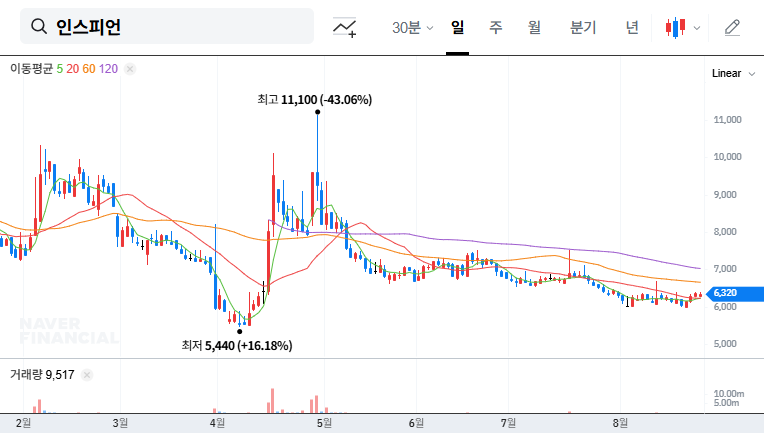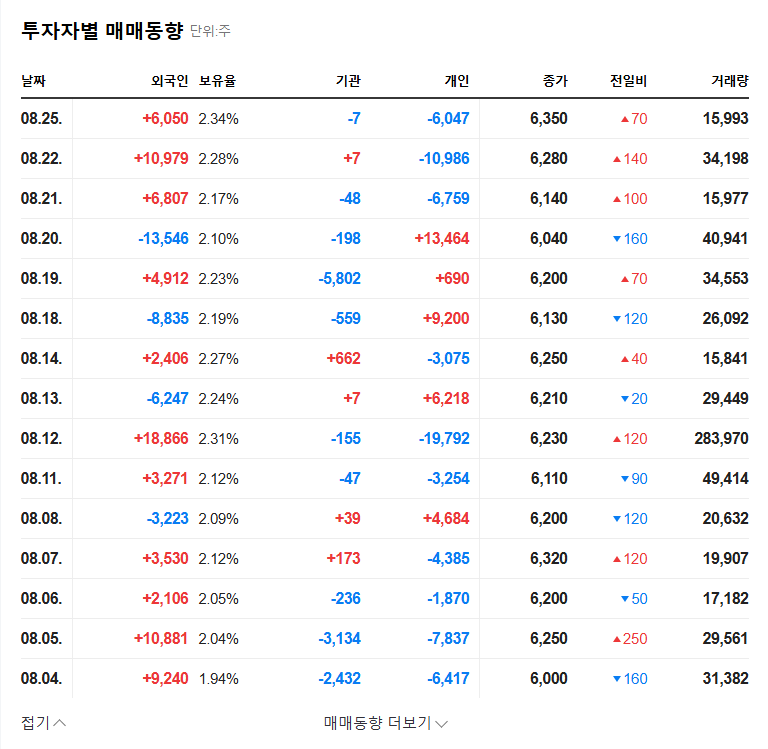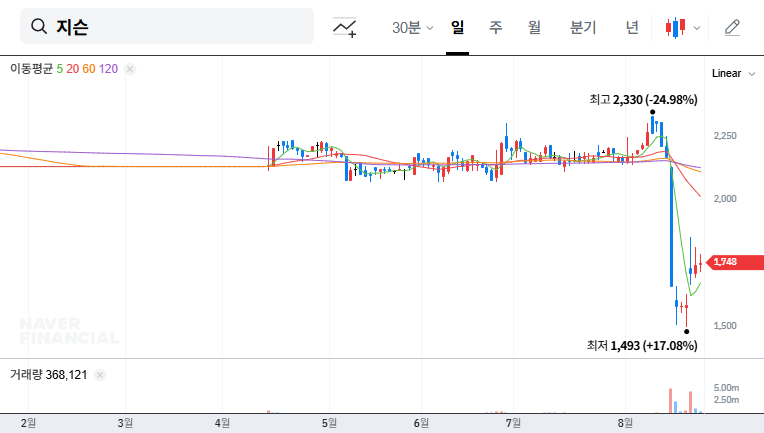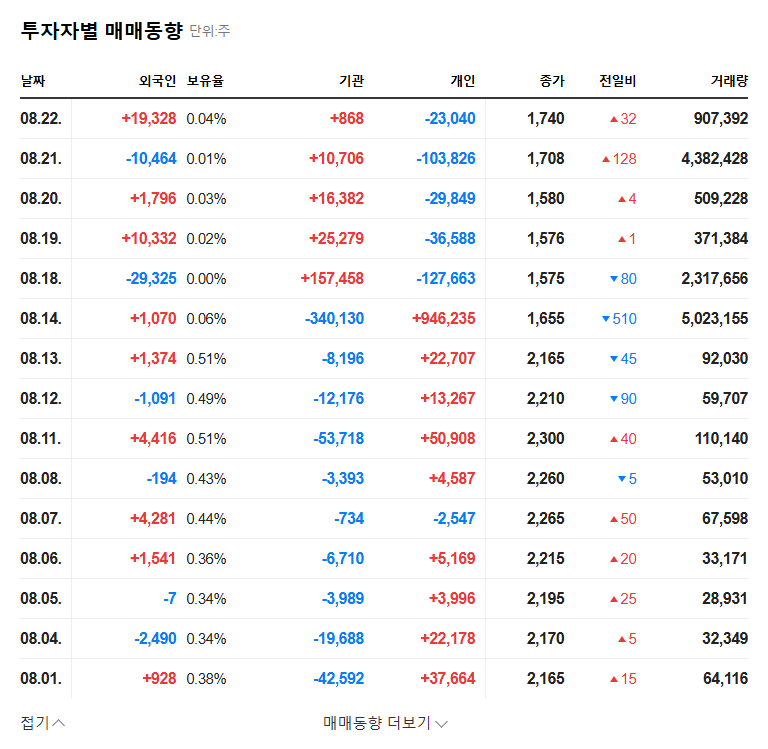
1. What Happened?
Inspien’s CEO, Jeong-gyu Choi, and other related parties acquired a total of 4,520 shares (0.71%). Concurrently, due to some stake transfers (gifts, etc.), the total stake decreased slightly from 74.59% to 73.85%. This is interpreted as consistent investment activity rather than a change in management control.
2. Why Did This Happen?
Management’s stake changes can indicate confidence in the company’s future growth. Inspien has maintained sales growth, strengthened its competitiveness in the SAP security market, and is expanding new businesses. However, the short-term decline in operating profit and net loss are points to watch.
3. What’s Next?
While management’s stake changes can be seen as a positive sign, the short-term decline in performance could negatively impact the stock price. Future improvement in operating profit and profitability recovery will determine the stock’s direction. Furthermore, macroeconomic conditions, particularly fluctuations in exchange rates, interest rates, and raw material prices, can indirectly affect Inspien.
4. What Should Investors Do?
- Monitor Fundamental Recovery: Pay close attention to operating profit and profitability recovery.
- Watch for Further Management Investment: Continued share purchases are a positive sign.
- Monitor Market Conditions: Understand the competitive landscape and new technology adoptions.
- Observe Stake Changes: Watch for potential changes in management control.
- Assess Fair Value: Consider long-term growth potential and profitability when making investment decisions.
What do Inspien’s management stake changes signify?
While stake changes may indicate management’s confidence in future growth, it’s crucial to consider short-term performance and market conditions.
What are the investment strategies for Inspien?
Investors should carefully consider fundamental recovery, further management investments, market conditions, stake changes, and fair value assessment before making investment decisions.
What factors influence Inspien’s stock price?
Factors like operating profit, profitability, macroeconomic conditions (exchange rates, interest rates, raw material prices), competitive landscape, and new technology adoptions can influence the stock price.




